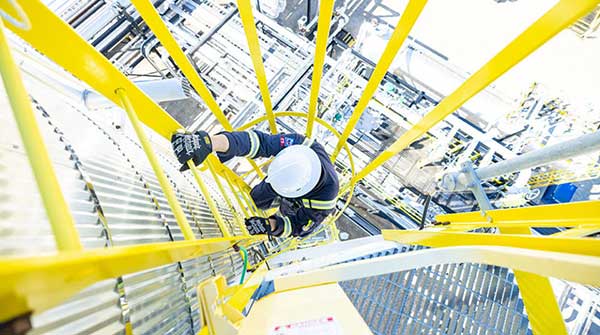Oil and gas assets valued at more than $40,000 per Canadian in 2022, StatsCan data shows
 The value of Canada’s energy resources is more than 75 times greater than the country’s other natural resources combined, according to new data from Statistics Canada.
The value of Canada’s energy resources is more than 75 times greater than the country’s other natural resources combined, according to new data from Statistics Canada.
Led by the oil sands, Canada’s oil, gas and coal assets were worth $1.6 trillion in 2022 – or about $41,000 per Canadian.
That compares to $907 billion (about $23,000 per Canadian) for forest timber and minerals like potash, iron and copper.
The oil sands in Alberta contributed one-third of all Canada’s natural resource value, or about $860 billion.
“Energy resources are Canada’s top natural wealth contributor in 2022,” Statistics Canada reported.
In 2022, energy products were also Canada’s largest export, valued at nearly $230 billion. Canada’s second-largest export, consumer goods, followed at $84 billion.
 Photo courtesy ARC Resources |
| Related Stories |
| The high cost of interprovincial trade restrictions in Canada
|
| What to expect for oil prices in 2024
|
| It’s time to unleash Canada’s energy advantage
|
World demand for oil and gas continues to rise. In 2022, global oil demand averaged a record 99.8 million barrels per day, according to the International Energy Agency (IEA).
The final data is not yet in for 2023, but in December, the IEA affirmed the world is on track for another record, reaching 101.7 million barrels per day.
Meanwhile, work to reduce emissions is accelerating.
In Canada, emissions from so-called “conventional” (non-oil sands) oil production decreased by 24 percent between 2019 and 2021, according to Environment and Climate Change Canada.
And Alberta oil and gas producers are ahead of schedule in reducing methane emissions, achieving the target of a 45 percent reduction from 2014 levels three years before the 2025 target.
In the oil sands, emissions did not go up in 2022 despite rising production, according to S&P Global. Oil sands emissions are now expected to start declining before 2025.
Through the Pathways Alliance, oil sands producers have jointly set the target to reach net zero emissions from operations by 2050, anchored by one of the world’s largest carbon capture and storage (CCS) projects, to be operational by 2030.
So far, the six companies in the alliance have spent $1.8 billion to advance this plan.
Deborah Jaremko is director of content for the Canadian Energy Centre, a Troy Media Editorial Content Provider Partner.
For interview requests, click here.
The opinions expressed by our columnists and contributors are theirs alone and do not inherently or expressly reflect the views of our publication.
© Troy Media
Troy Media is an editorial content provider to media outlets and its own hosted community news outlets across Canada.
